Drones and dogs team up in Sunshine Coast koala conservation project

Heat-seeking drones and detector dogs are helping to piece together how the Maroochy Regional Bushland Botanic Garden fits into protecting Queensland’s endangered koalas.
For the past three days, a high-tech team from Sunshine Coast Council, University of the Sunshine Coast and the Friends of Maroochy Regional Bushland Botanic Gardens have worked together to uncover how many koalas live in the reserve and how healthy they are.
Sunshine Coast Council Environment Portfolio Councillor Maria Suarez said the research was being carried out as part of implementing council’s Koala Conservation Plan.
“Across the three days, the team detected 14 koalas which was a great result and more than expected,” Cr Suarez said.
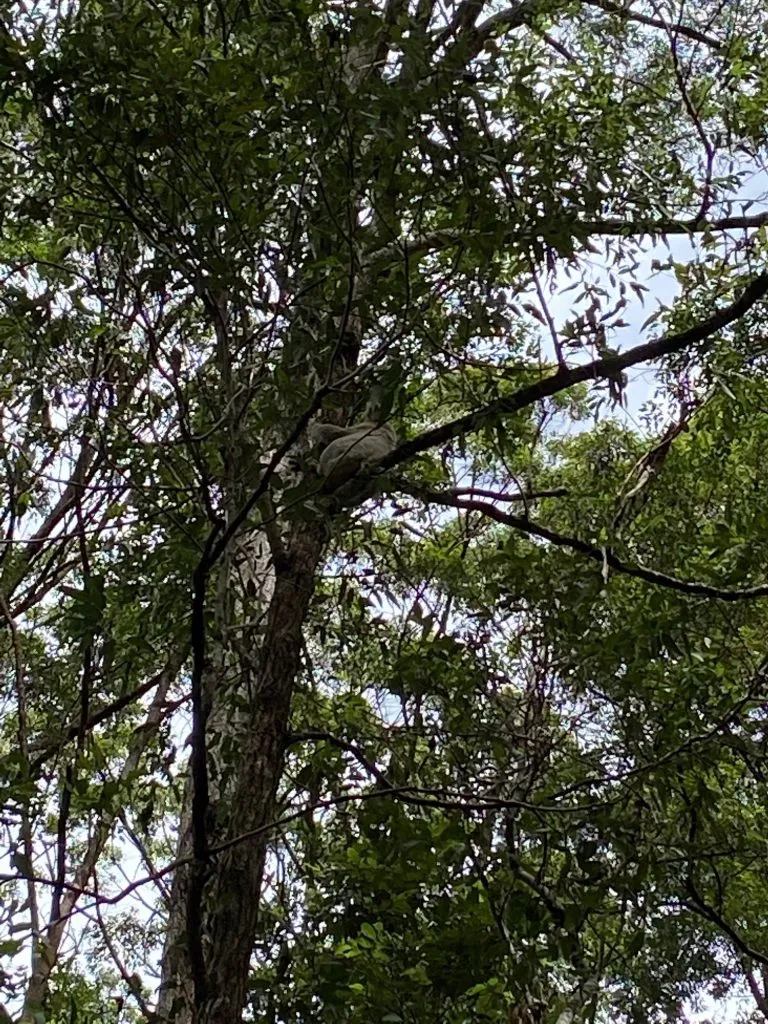
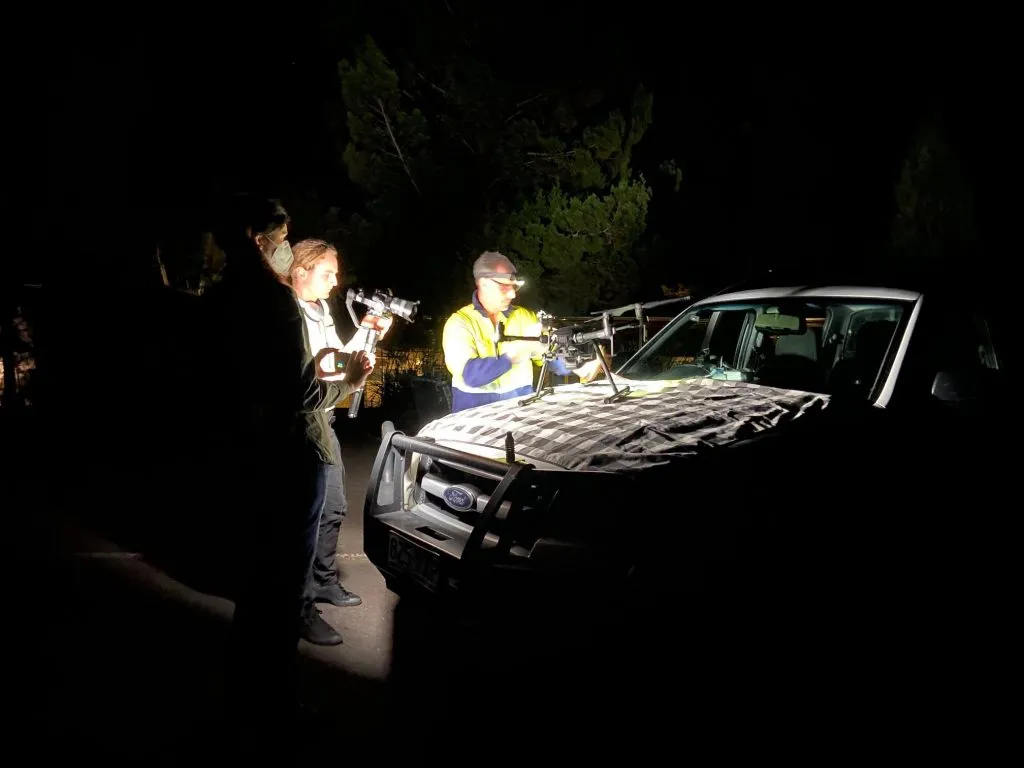
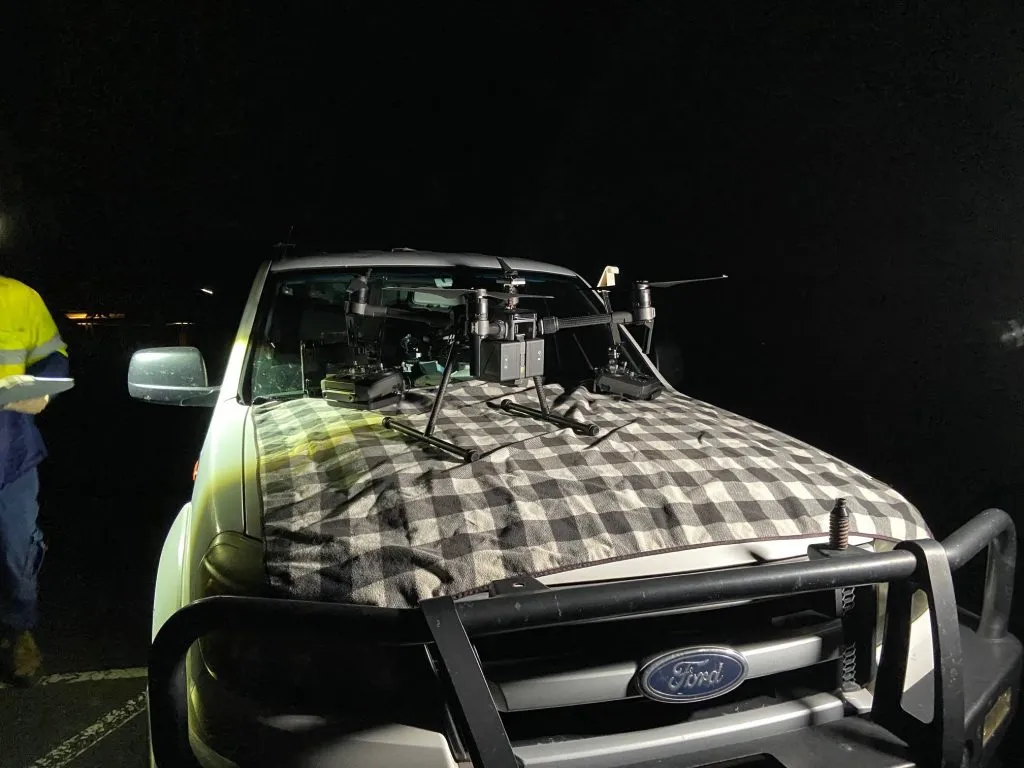

“This important work is aimed at protecting the endangered local koala population through a greater understanding of their habitat requirements and threats to their conservation.
“We know the botanic garden and surrounding Tall Gums Environmental Reserves provide valuable koala habitat because of the type of forest it is.
“Koalas have previously been spotted in the garden, which has several of their eucalyptus food species, such as Eucalyptus pilularis, often called blackbutt, and Eucalyptus microcorys, commonly known as tallowwood.
“This research helps us to understand koalas on the Sunshine Coast and we are pleased to partner with USC.”
Dr Romane Cristescu, Koala Ecologist at the University of the Sunshine Coast Detection Dogs for Conservation Team, said the results from this study would link to broader koala research taking place along the east coast of Queensland and New South Wales.
“The Detection Dogs for Conservation team has been surveying Sunshine Coast Council land since 2017,” Dr Cristescu said.
“The Maroochy Bushland Botanic Garden forms part of a wildlife corridor for the koala populations, with connections south of the garden, in Glenview, north toward Buderim, and west at Ilkley.
“More broadly, with this type of research, we hope to further understand the connection between the health of the koalas and their habitat type, their genetics and connectivity to other populations, as well as the type of pathogens they harbour.
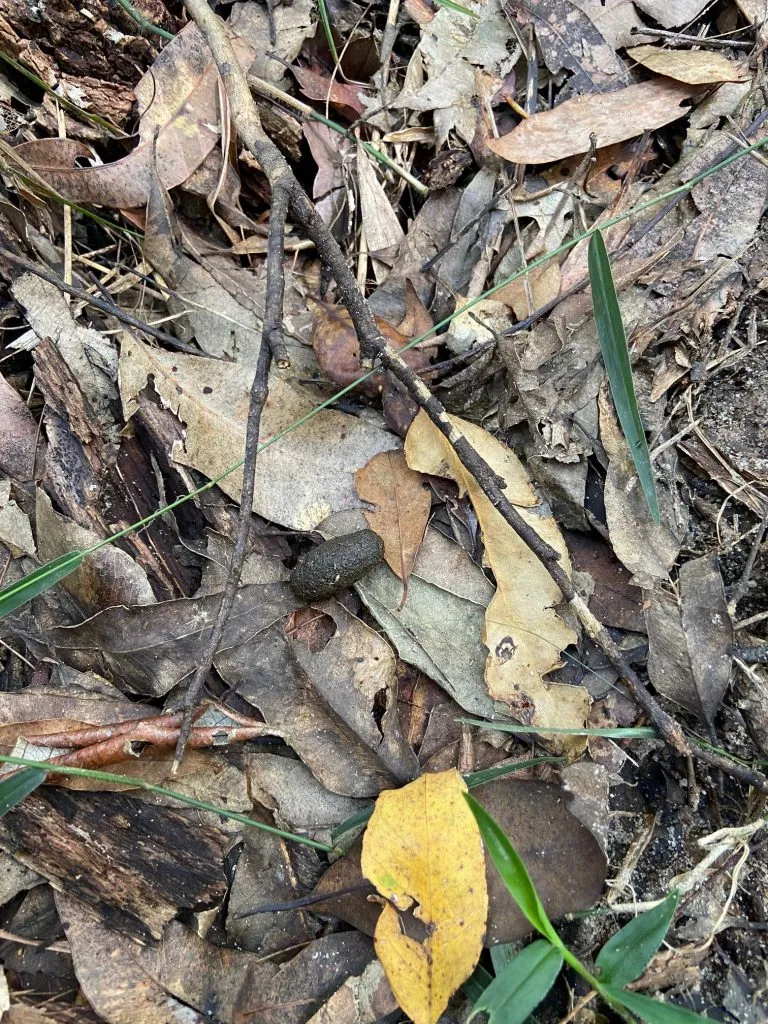
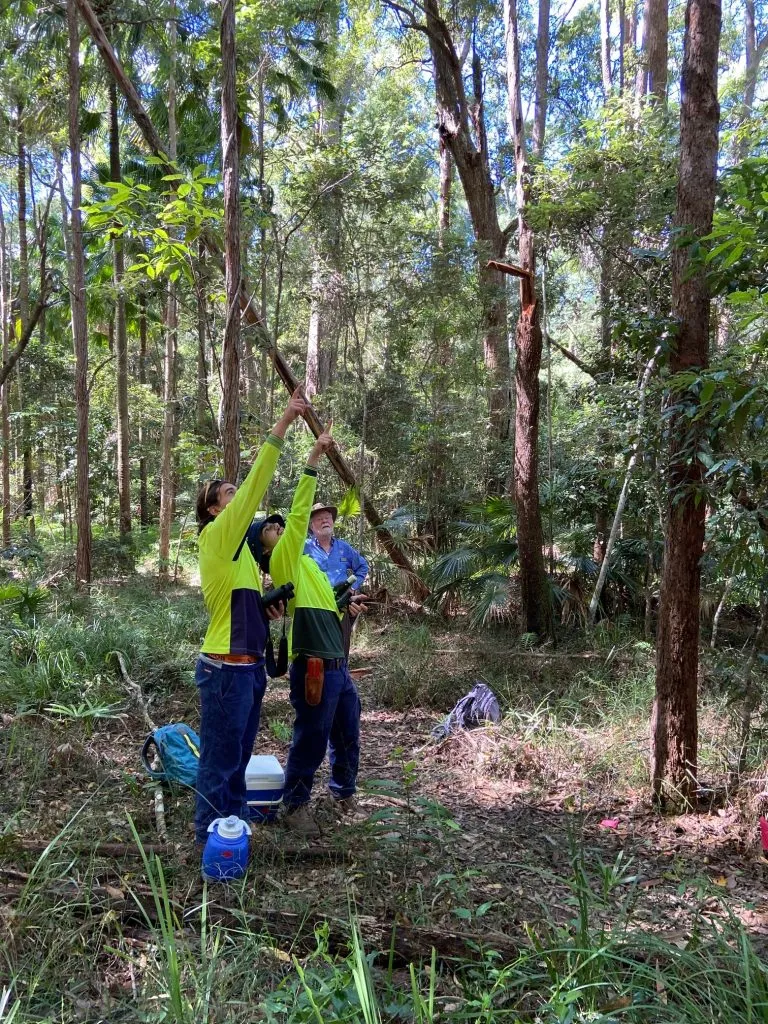
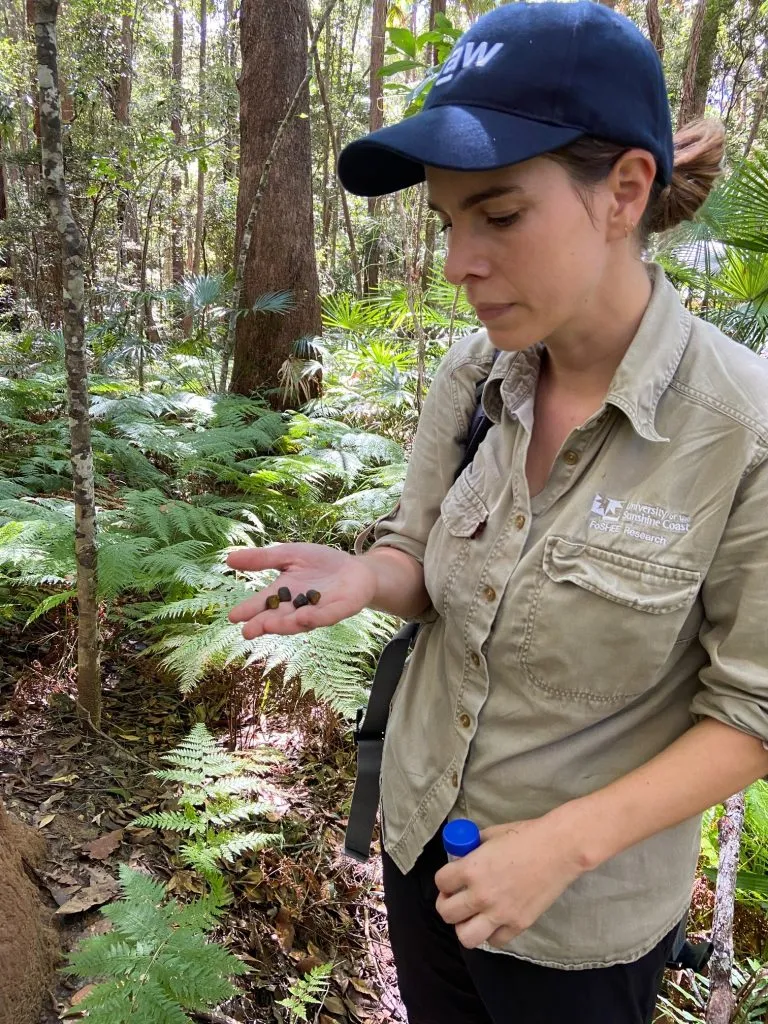
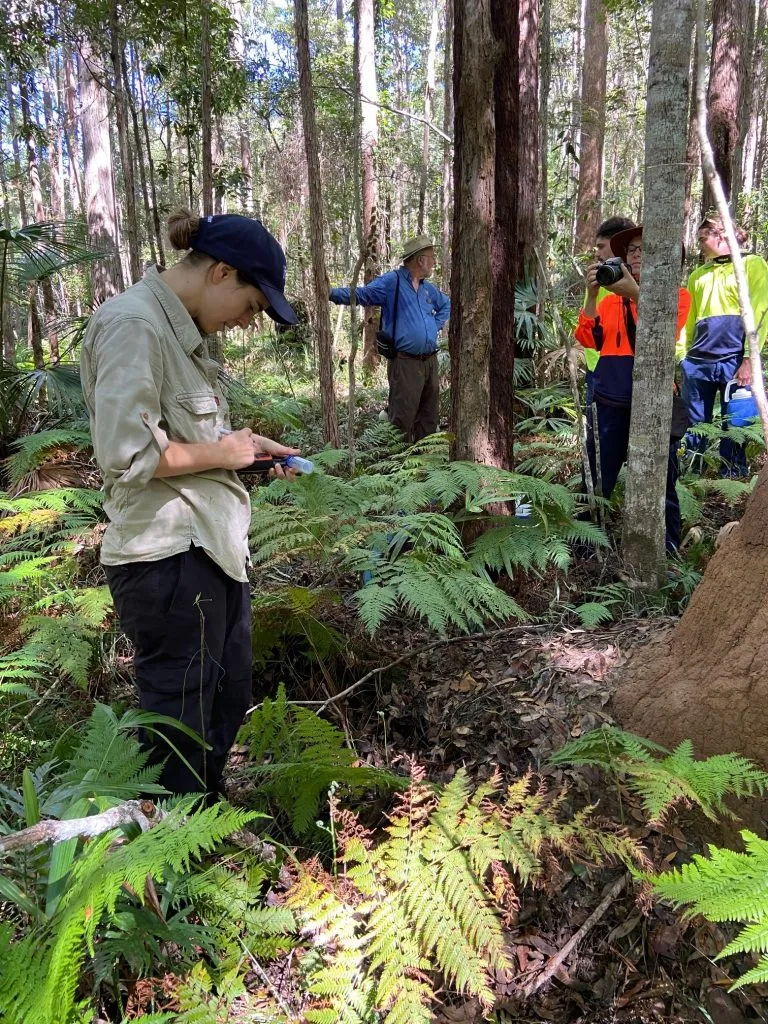


“To do this, we have used a combination of thermal drones to find koalas, then we deploy detection dogs to find fresh scats from each koala.
“The scats are then analysed to determine, among other things, if chlamydia is present, whether the koala is male or female and if any of the koalas in the reserve are related.
“The drone surveys, which have covered the whole Maroochy Regional Botanic Garden, Tall Gums Reserves and five neighbouring properties revealed that 14 koalas were present in the area which is a really great result.
“We were able to visually check one of the koalas for signs of disease.
“The koalas presented no signs of disease but, to study this in more depth, we collected their scats for further laboratory analysis.
“This information will also be compared to past koala surveys in the garden and at other research sites across the region.”
Take advantage of the Easter School Holidays and explore the Bushland walking trails at the Maroochy Regional Bushland Botanic Garden and don’t forget to keep an eye out for Koalas.
For more information visit botanic-garden.sunshinecoast.qld.gov.au.